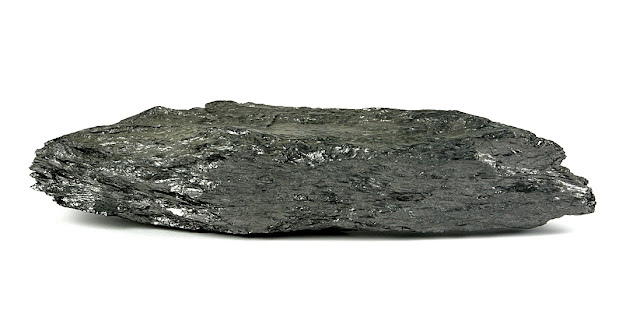Graphite Market: Emerging Trends in Graphite Anode Materials for Lithium-ion Batteries
Graphite anode materials for lithium-ion batteries have become a focal point in the graphite market due to their critical role in advancing battery technology and meeting the increasing demand for high-performance energy storage solutions. As the world shifts towards sustainable energy sources and electric transportation, lithium-ion batteries with improved graphite anodes are at the forefront of this transformation.
Several emerging trends are
shaping the graphite anode materials market, driving innovation and development
in this field.
- High-Purity and Low-Impurity Graphite: The demand for
high-purity graphite anode materials is rising as it ensures better
battery performance and longevity. Low levels of impurities, particularly
metals like iron and nickel, reduce the risk of side reactions and enhance
the battery's safety and stability. Manufacturers are investing in
advanced purification techniques to produce graphite with exceptional
purity levels, meeting the stringent requirements of battery
manufacturers.
- Enhanced Electrochemical Performance: Researchers are
continually exploring ways to improve the electrochemical properties of
graphite anodes to achieve higher energy densities and faster charging
rates. This involves optimizing the structure and morphology of graphite
particles to enhance lithium-ion diffusion, electron transport, and
accommodate the lithium-ion intercalation more efficiently.
Graphene-coated graphite anodes are gaining attention for their ability to
boost capacity and rate capabilities.
- Silicon-Graphite Composite Anodes: Silicon has
attracted interest as a potential anode material due to its high
lithium-ion storage capacity. However, silicon electrodes suffer from
substantial volume expansion during lithium-ion insertion, leading to
performance degradation. To address this issue, silicon is being
integrated into graphite to form silicon-graphite composite anodes. These
composites combine the advantages of both materials, offering higher
energy density while maintaining better structural stability.
- Artificial Intelligence and Machine Learning: The
development of advanced materials for lithium-ion batteries can be a
time-consuming and costly process. Artificial intelligence (AI) and
machine learning are increasingly being employed to accelerate the
discovery and optimization of graphite anode materials. These technologies
help identify promising candidates, predict their properties, and guide
experimental efforts, expediting the development of high-performance anode
materials.
- Sustainable and Eco-Friendly Approaches: As
environmental concerns gain prominence, there is a growing emphasis on
sustainable and eco-friendly practices in the graphite
market. Researchers and manufacturers are exploring greener approaches
to graphite synthesis and recycling techniques to minimize the
environmental impact of battery production and end-of-life disposal.
- Solid-State Batteries: Solid-state batteries, which
utilize solid electrolytes instead of liquid ones, offer several
advantages, including improved safety, higher energy density, and wider
operating temperature ranges. Graphite anodes play a crucial role in
solid-state battery technology, and ongoing research aims to optimize
their performance and compatibility with solid electrolytes.
The emergence of these trends in
graphite anode materials is reshaping the energy storage landscape and driving
the growth of the graphite market. As lithium-ion battery technology continues
to evolve, the demand for high-performance graphite anodes is expected to
increase further, stimulating innovation and investment in this critical
sector. The pursuit of more efficient, safe, and sustainable energy storage
solutions will continue to propel research and development efforts in graphite
anode materials for lithium-ion batteries.




Comments
Post a Comment